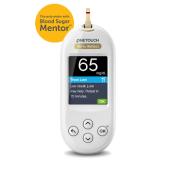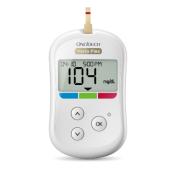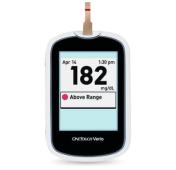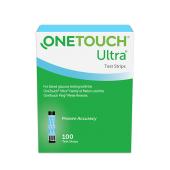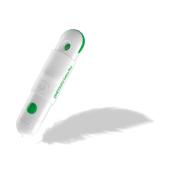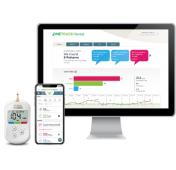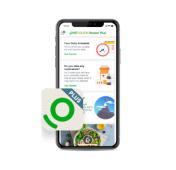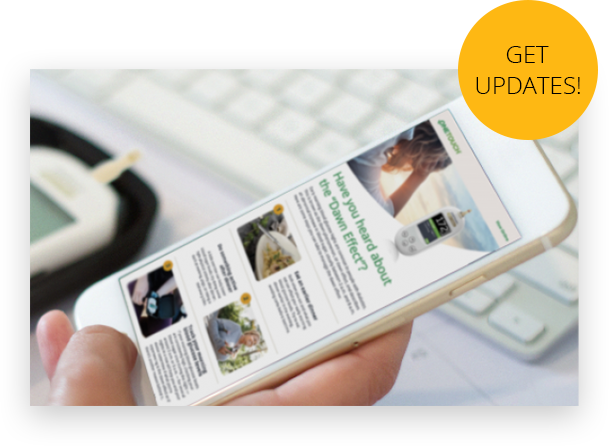Testing your blood glucose
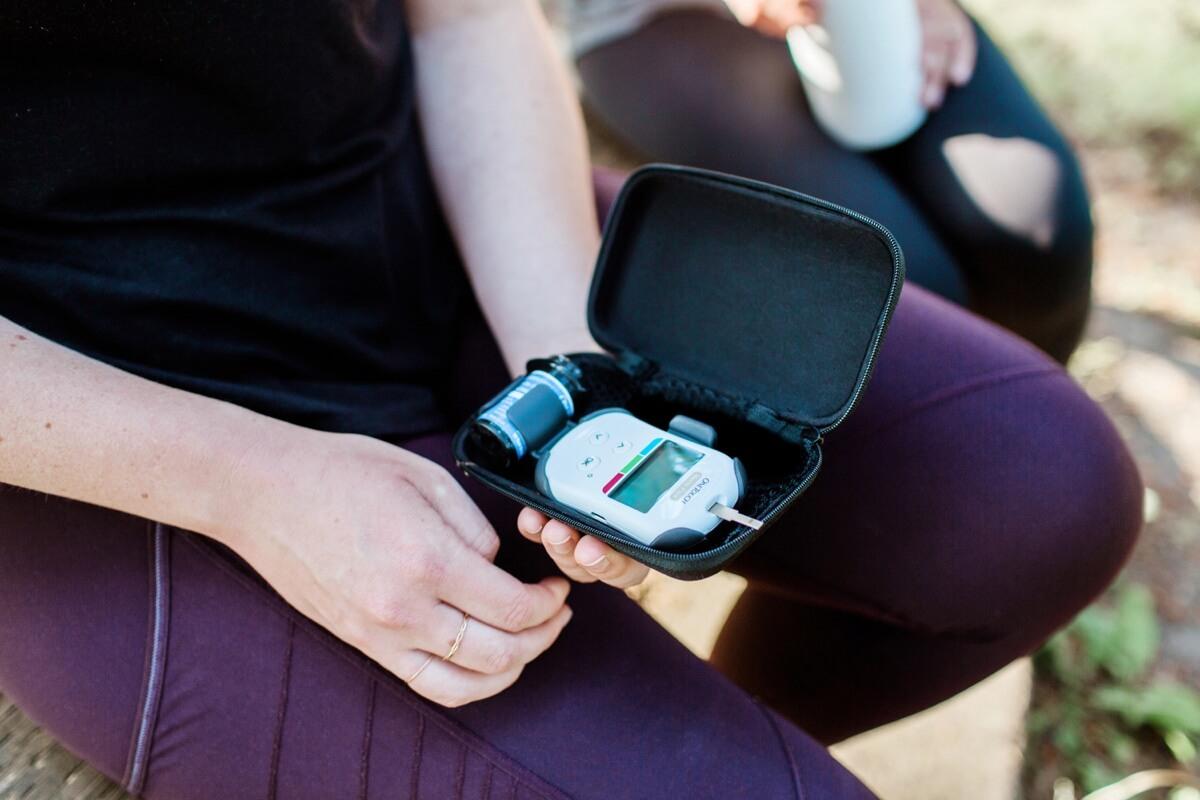
Testing your blood glucose
Testing your blood glucose, also known as Self-Monitoring of Blood Glucose (SMBG), is a method of checking how much glucose (sugar) is in the blood using a glucose meter — anywhere, anytime. Your doctor can also test your glucose from a blood sample that is checked in the lab.
Blood glucose targets for non-pregnant adults*
Before meal | 80-130 mg/dL |
|---|---|
After meal | Less than 180 mg/dL |
Your doctor uses what is called an A1C (Glycosylated Hemoglobin) test to see what your average blood glucose level has been over the recent 3 months. Used for all types of diabetes, this test gives you and your doctor an indication on how well you are responding to your treatment plan. The recommended goal is to keep the level below seven percent (7%). Your doctor will talk to you about the goal that is right for you. The A1C test is sometimes referred to as the hemoglobin A1c, HbA1c or glycohemoglobin test.
The importance of self-testing
Your A1C test result will not show the daily effects of food choices and activity on your blood glucose levels. A blood glucose meter is a good way to test and track the immediate effects of food, activity and other changes in your blood glucose levels. This allows you to take immediate action to bring your glucose levels within range as recommended by your doctor. Your doctor may also rely on your blood glucose meter results, in addition to your A1C test result, to assess and adjust your treatment plan.
The connection between A1C and average blood sugar levels.
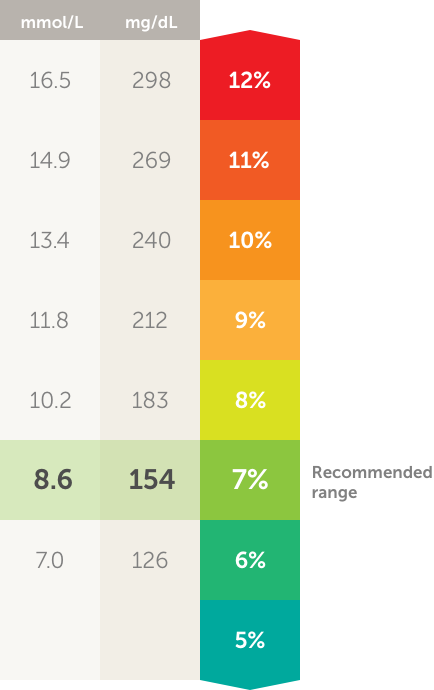
Adapted from Standards of Medical Care in Diabetes. American Diabetes Association—2019.
When to test* and what to look for – a practical guide
Use this simple chart to help guide you on when to test and what to observe to help you manage your blood glucose levels on a daily basis, especially if you take insulin for your diabetes.
When to test | What to look for |
|---|---|
First thing in the morning, before you eat or drink | How your body/medication controls your blood glucose overnight |
Before meals | How effective your diabetes medicine dose is between meals |
1-2 hours after meals | The effect of food and/or medicine on your blood glucose levels |
Before physical activity | Whether to delay or postpone exercise |
During and after physical activity | How physical activity affects your blood glucose |
Before going to bed | Whether you need a snack before bed |
Before driving | Whether you need to delay driving and act to help drive safely |
As suggested by your healthcare professional | How well your treatment plan is working |
You may need to test your blood glucose more often* when:
- you have hypoglycemia (low blood glucose) or hyperglycemia (high blood glucose)
- you start taking new, prescribed diabetes medicine(s)
- your diabetes medicine dose is adjusted
- you try new foods
- you are sick or don’t feel well
*Always check with your doctor if, when and how often you need to test your blood glucose.
Recording your blood glucose results
- You can keep a logbook handy where you can manually record your blood glucose readings.
- You can find logbooks at your doctor’s office, healthcare centers, and even online. (Download one here.)
- Always update your blood glucose records and take them with you to your doctor visits. Your healthcare professionals can use them when determining the proper treatment plan for you.
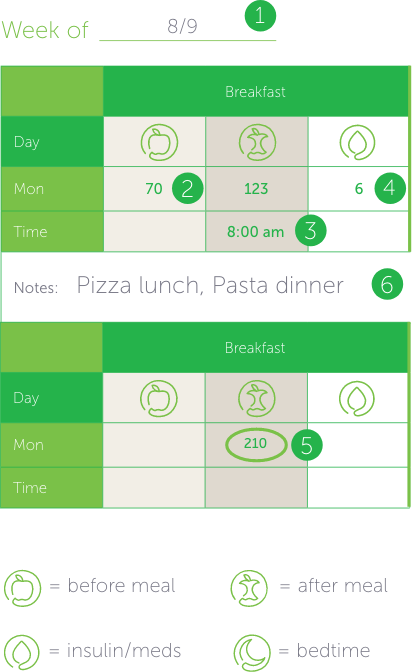
Source:
American Diabetes Association. (ADA) Standards of Medical Care in Diabetes–2019. Diabetes Care 2019; 42, Suppl. 1.
Related articles
US-VRF-1900023

